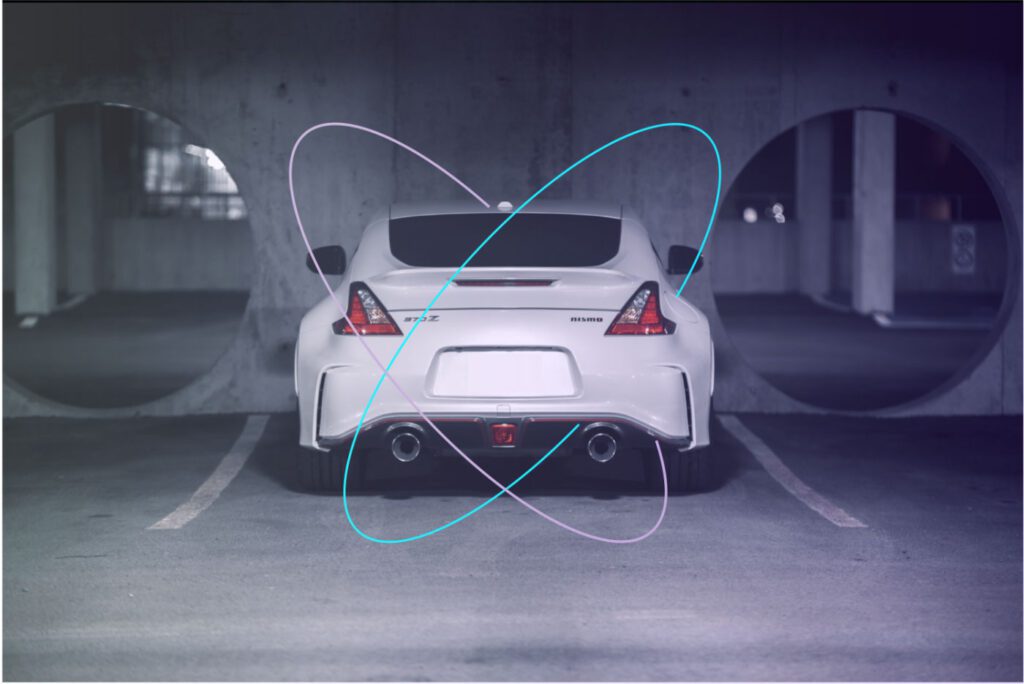NEXT-GEN VEHICLE TRACKING SYSTEMS CHANGE THE WAY THE INSURANCE INDUSTRY APPROACHES STOLEN VEHICLE CLAIMS
Executive summary
- Worldwide, insurance companies spend billions of dollars each year to replace stolen vehicles.
- The industry seeks a way to minimize the burden of stolen vehicle replacement, but traditional telematics solutions fall short.
- Next-generation vehicle tracking systems, powered by Sigfox’s global IoT network, solve the major problems associated with telematics.
- Next-generation tracking systems are the latest revolution in insurtech: increasing rates of auto recovery while reducing insurance claim costs and overhead.
Insurance Industry Pays a Hefty Price for Stolen Vehicles

The UN Office on Drugs and Crime estimates that worldwide, one in every 1,500 people falls victim to vehicle theft each year. Couple this with the fact that in some areas, recovery rates fall well below fifty percent, and it’s no wonder the insurance industry has championed the use of telematics tracking in recent years. Each vehicle that is recovered—and recovered quickly—represents thousands of dollars in claims savings.
But herein lies the problem: Sophisticated thieves have grown smarter, often smart enough to foil traditional telematic systems. This leaves vehicle owners, and the insurance industry that serves them, with major gaps in tracking protection.
Placing a GSM jammer inside a stolen vehicle is often all it takes for thieves to thwart tracking and recovery efforts. To be on the safe side, a more experienced thief might even use a handheld digital RF detector to find a tracking device so he can remove it altogether. Even less tech-savvy thieves know that if they hide a stolen vehicle in an underground garage or inside a steel shipping container, tracking signals go dark.
Next-generation vehicle tracking systems solve these problems that have plagued earlier generations of telematics. Secure, impenetrable and cost-effective, next-gen tracking systems outsmart thieves and help law enforcement find stolen vehicles quickly, before major damage occurs. It’s no wonder the insurance industry is beginning to take notice of this latest revolution in insurtech.
Next-generation Vehicle Tracking Minimizes the Burden of Auto Theft and Recovery
So why are next-generation vehicle tracking systems more effective, and more secure, than traditional options? Unlike standard telematics products, next-gen vehicle tracking doesn’t depend on the strength of WiFi and 4G signals for its success. Instead, systems connect to Sigfox’s secure, LPWAN network, dedicated exclusively to the Internet of Things.
Virtually impenetrable and undetectable
Vehicle tracking signals sent via the Sigfox network are transmitted using Ultra-Narrow Band modulation, making them far less susceptible to “noise” from GSM jammers and other interferences. Unlike cellular networks, the Sigfox network doesn’t restrict a signal to one designated tower. Instead, the signal is received by any nearby Sigfox base station. Each tracking signal is received by an average of three stations, helping ensure that signals are always transmitted, even in the presence of GSM jamming devices.
Because vehicle tracking devices that connect to the Sigfox network send very short and extremely low power radio signals on random frequencies, when a thief scans a vehicle for a tracking signal, he simply won’t find one.
Powerful signal and unlimited range
Although thieves aren’t likely to discover a next-generation tracking device, the police surely will. Unlike traditional telematics, next-gen systems won’t go dark as soon as a car is hidden in an underground chop shop, or parked in a steel container for transport to the overseas market. It also won’t go dark if a car moves into a rural area with a weak 4G signal.
This ability to penetrate steel, combined with the fact that devices run on long-lasting battery power, also means next-gen trackers can be hidden virtually anywhere on a vehicle, making them far less visible to thieves. A traditional tracking solution, on the other hand, can only be placed in a handful of locations, as it must be wired to a vehicle and placed where a 4G signal can reach it.
Accepted by consumers and law-enforcement
If a vehicle is protected by a next-generation tracking system, it is usually recovered in a matter of hours, giving thieves little time to damage or dispose of it. This, in turn, reduces the burden and administrative costs for insurance companies.
But of course, for all of this to work in the favor of the insurance industry, trackers must be purchased by consumers and accepted by law enforcement. Not a problem. In most locations, next-generation vehicle tracking systems are already well accepted by police as the leading solution, owing to their ease of use and the dedicated, 24/7 support security centers which manage them.
Consumers are equally likely to accept next-generation vehicle tracking. With no complicated wiring, configuration or maintenance needed, the cost of tracking systems is kept low. In fact, one device retails at less than the cost to replace a single broken windshield. Considering the fact that one in every 1,500 consumers will have their car stolen over the next year, this is a small price to pay for peace of mind.

